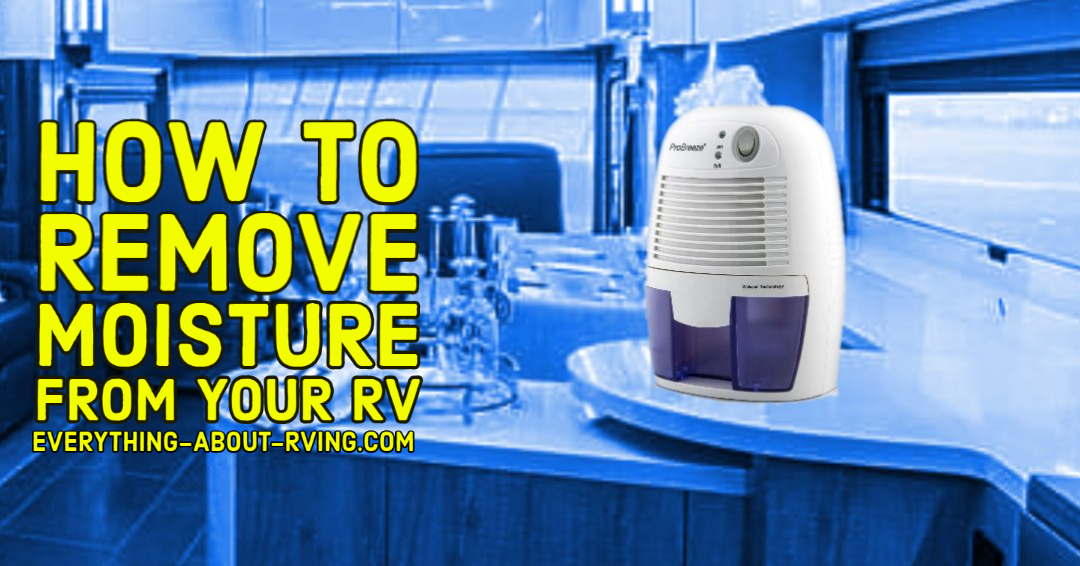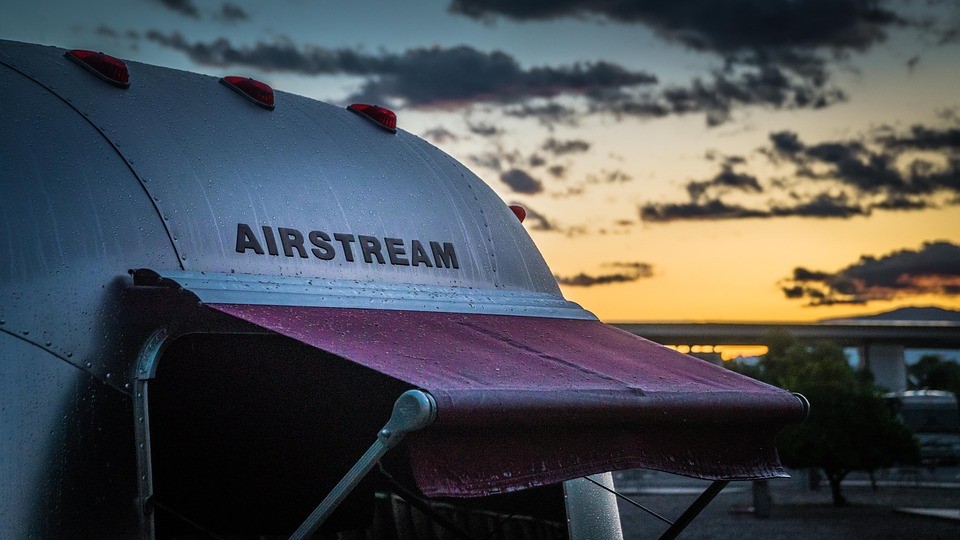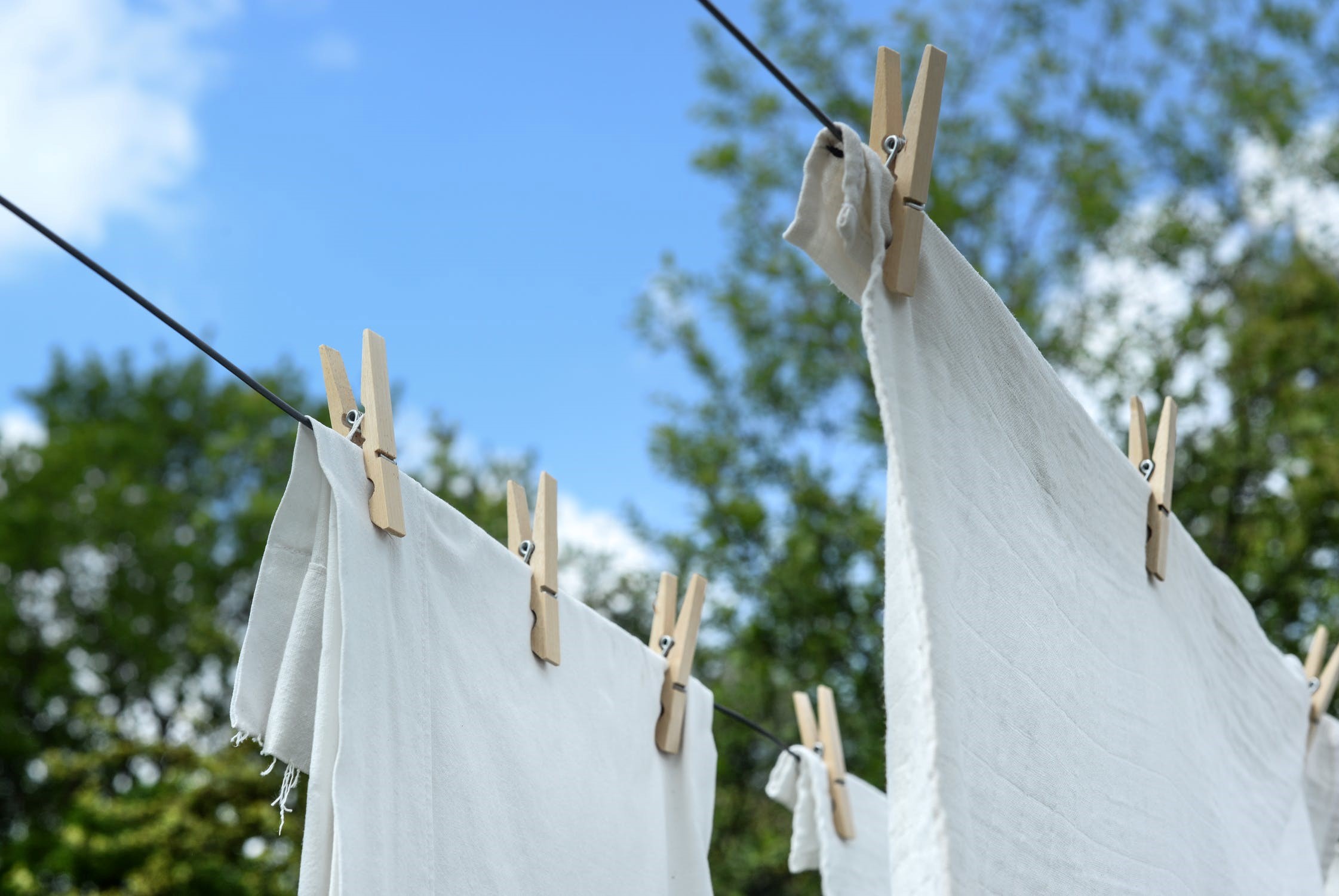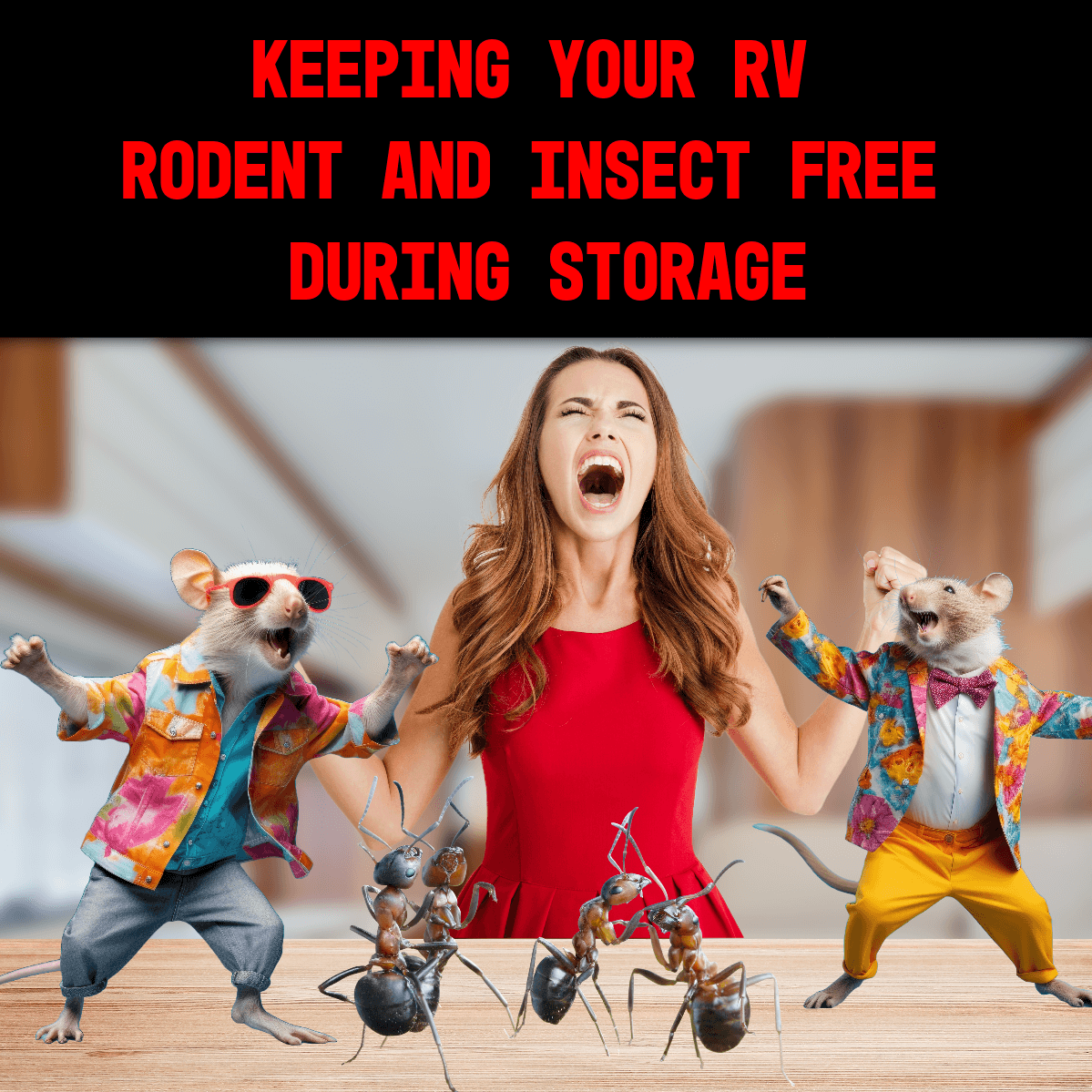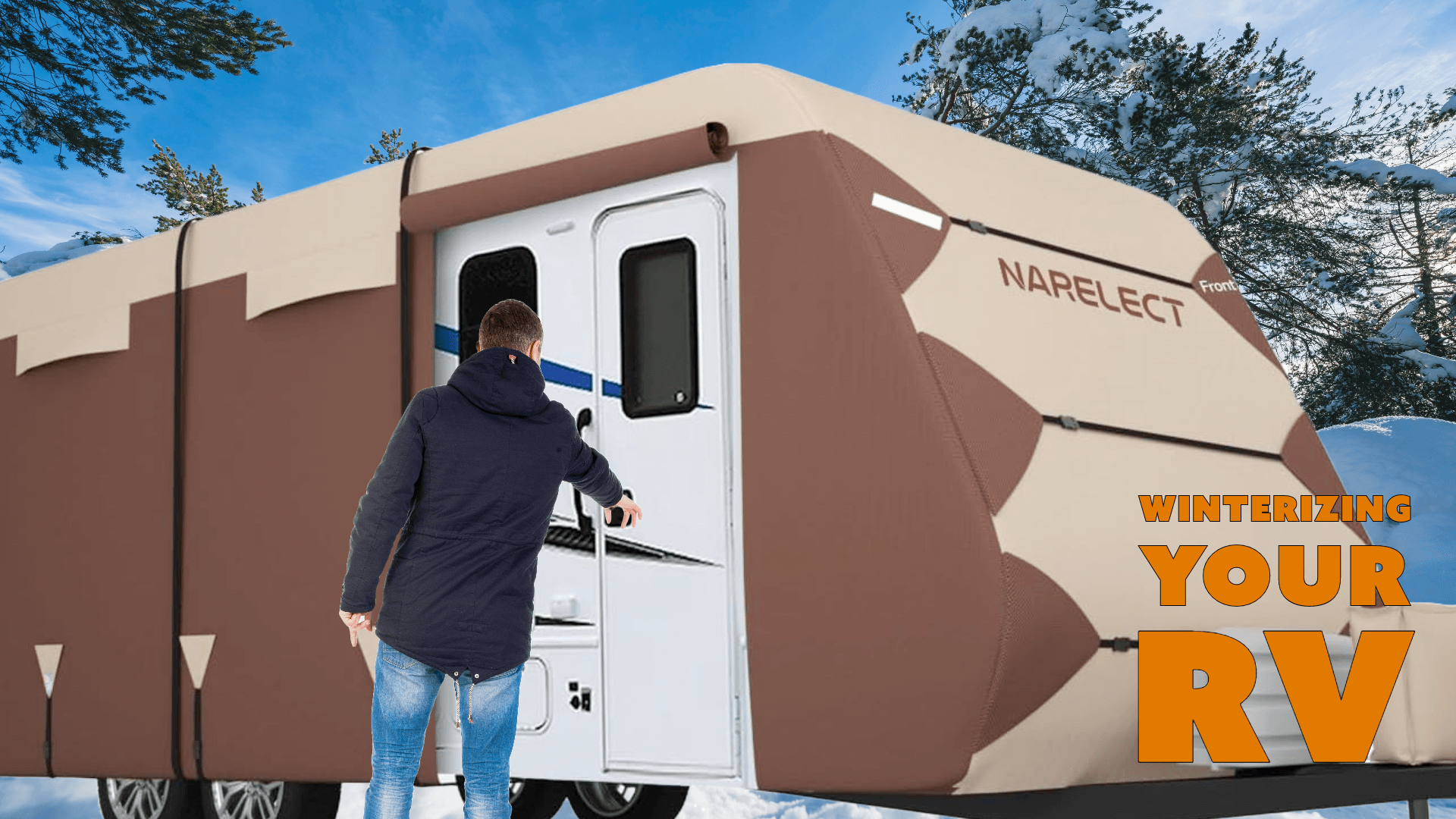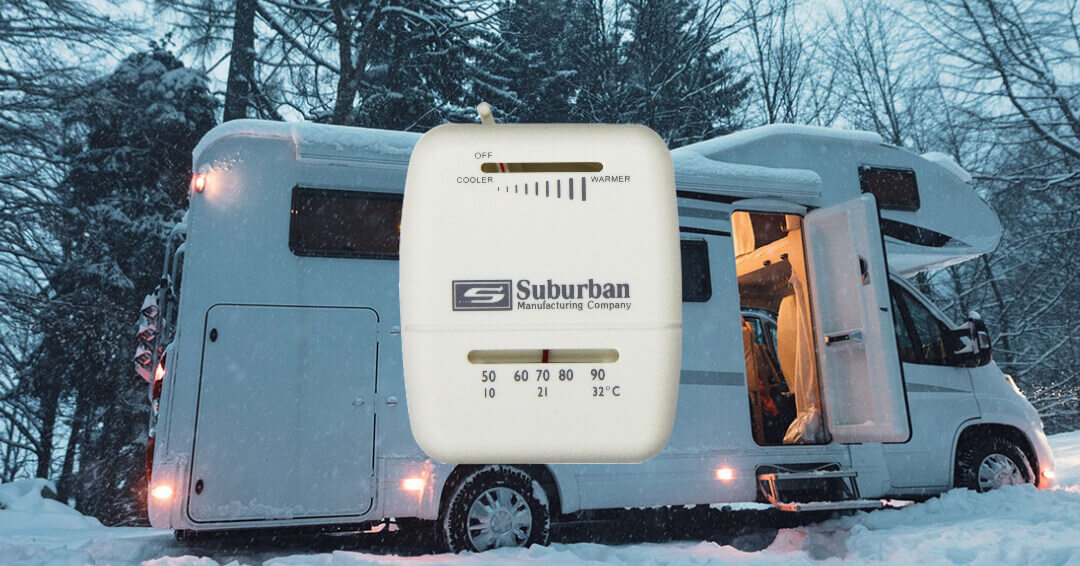How to Remove Moisture From Your RV
Tips on how you can reduce humidity and remove moisture from your RV
Life on the open road is something that many people dream about, whether doing so just for vacation purposes or as an actual way of life, moving from place to place and setting up camp or pitching up for an extended stay in a trailer park or vacation village.
Recreational vehicles, or RVs as they are known are a popular method of experiencing life on the open road. While many might hitch a trailer to their vehicle and stow tents, sleeping gear, cooking and camping equipment and a host of other supplies, an RV offers a home away from home with all the amenities needed to live a comfortable existence regardless of where the open road takes you.
However, like any home whether it is a bricks and mortar building or one built on wheels, there are several considerations to keep in mind to ensure things run smoothly with an RV and one of the most important of these is controlling humidity and moisture within.
What is humidity and why is it important to control?
Humidity is the term used to describe moisture in the air; it might conjure up images of a hot, sticky afternoon under the sun, but humidity can occur in cold air as well as hot and as well as being uncomfortable in extremes it can also wreak havoc and lead to some serious problems for an RV if left to its’ own devices.
Humidity itself isn’t a real problem, but its’ byproduct - moisture and condensation is - and the problems associated with moisture can be difficult to successfully treat if left untreated.
For condensation to occur, surfaces must be cooler than what is known as the ‘dew point’. The dew point is an indication of how much moisture is in the air relative to the temperature. If the temperature of the surface is less than the dew point then moisture forms due to water vapor condensing quicker than it can evaporate.
A higher dew point means there is more moisture in the air and moisture in the air can lead to problems not just for a person’s health but also for the RV where it can affect many areas. Once moisture begins to set in, it can be hard to eradicate.
What can moisture affect?
Don't Miss New Year Savings! Good Sam Travel Assist Plans Starting at $59.95! Learn More!
Moisture can collect and seep into areas such as the window and frames, including the seals. It can also affect metallic surfaces and work its’ way into the RV electronics. In essence anything within the RV that could harbor temperatures colder than the surrounding air is under threat from the effects of moisture and condensation.
Where condensation collects and is left alone or removed improperly then mold can set in, while wooded areas can begin to rot or warp. Metallic surfaces can begin to rust while electric connections can corrode and may in time prove a fire hazard.
It is important then to get moisture under control in an RV and here’s a few ways in which to do so.
Use sealant and insulation around windows
Deteriorating seals on and around windows can allow external air to access the interior environment of the RV. Making sure seals are regularly renewed or using a good sealant to treat leaking areas can help prevent external air affecting the interior atmosphere.
Consider window replacement
If your RV has older windows with single-pane glass, consider spending some money on upgrading to newer windows with double-pane glass. This will not only help with addressing any potential problems with window seals, but also offers an extra layer of insulation that will help keep warm air in and colder air out.
Improve the airflow in your RV
Keeping air circulating through the RV is a proven way to prevent condensation. By keeping air moving around it can help to prevent pockets of air forming and proper airflow allows the introduction of cooler, drier air into the environment while at the same time expelling more humid air out. Utilizing a cross-breeze, such as having multiple vent fans to both pull air in and push air out can be of huge benefit to keeping humidity levels down.
Venting areas of the RV where moisture might be a problem is always a good idea; open a window for example when taking a shower, or when cooking use a lid on pans to prevent steam affecting the air temperature.
Use a dehumidifier
Dehumidifiers work by absorbing excess moisture in the air while helping to maintain a balance of humidity so the air doesn’t become too hot or too cold.
Powered condensate dehumidifiers work by using a refrigerator to collect condensation by drawing outside air across a cold element which in turn separates the water vapor from the air. The air is then heated and pumped back into the environment. Meanwhile the moisture is collected and disposed of when the container is full.
Powered desiccant dehumidifiers use a special moisture absorbing material to naturally draw and absorb moisture where it most commonly gathers. The liquid is then evaporated by a heat source that reactivates the desiccant material and the circle continues.
Choosing the right dehumidifier for the job can be a minefield and there may be other factors to consider such as the room air temperature, effect on energy use and more. For example, if an area consistently suffers from cold air then a condensate dehumidifier will have to work much harder to have the same effect on absorbing moisture as a desiccant dehumidifier; this is because a condensate refrigerator relies on its internal temperature being cooler than the air in the room
Be sure to check out the range of compact dehumidifiers for RVs on the market to make sure you get the right one for your requirements, as well as learn how they can help keep your RV moisture-free. This list of top RV dehumidifier brands analysis will help navigate what can be a difficult choice.
Dry laundry outside where possible
Drying laundry indoors is not only more difficult and energy inefficient if using a dryer, but can affect the air temperature leading to excess moisture. Where possible and practical drying clothing, bed linen and other washable items outdoors.
If they have to be dried indoors, consider investing in some moisture absorbers and placing nearby to the items to be dried.
These are just a few tips and methods that can be deployed to help combat the effects of condensation and moisture within an RV, helping to prolong its’ life and your enjoyment of life on the road.
Do you have any suggestions or comments on this topic? You can add them to this page by using the comments section located below.
